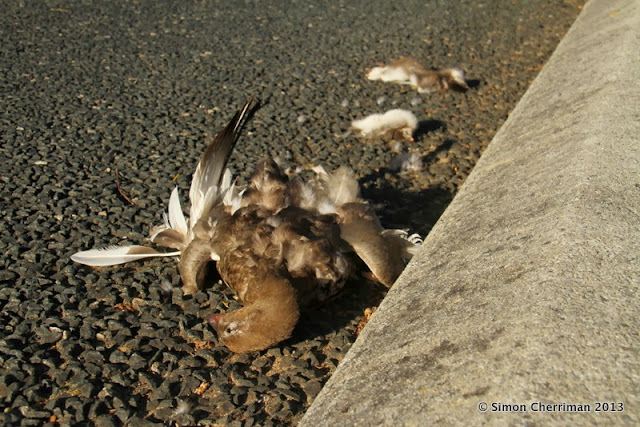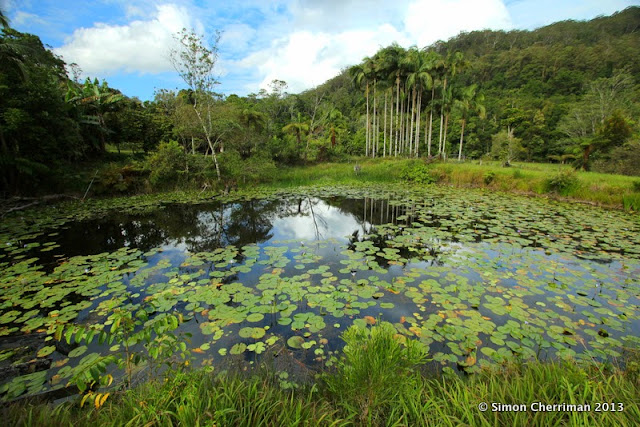Don't those eyes just GRAB you!!?? Their owner tried to grab me a couple of times as I climbed to check her nest in the West Australian wheatbelt region today. These mesmerising yellow orbs belong to a gorgeous female Brown Goshawk (Accipiter fasciatus), one of the most formidable predators of the Australian bush. The species name 'fasciatus' means 'banded', after the horizontal bars (called 'chevrons') visible across the bird's breast. It was a great privilege to be shown a nest by a friend of mine and have the opportunity to lend others an insight into the lives of these awesome birds.
Brown Goshawks take a variety of birds including parrots, pigeons, butcherbirds and magpies, and mammals up to the size of a rabbit. These raptors are also an aggressive defender of their nest site. This female (who is much larger than the male) stood guard while I photographed her chicks, making occasional swoops at me. Here's what Brown Goshawks look like on their first day in this world:
As with all other raptors in the hawk family (Accipitridae), Goshawks line their nest with fresh green leaves, usually Eucalypts. It is truly amazing to see how tiny, fluffy chicks like this can grow up to become powerful hunters of other animals. Chicks this young are vulnerable to exposure so I made sure to keep my visit as brief as possible, and set up a camera to observe the nest remotely without disturbance. The female resumed sitting as soon as I had left the nest and walked only 50m away.
Goshawks are often thought of as 'pests' because they can harass caged birds like chickens and pigeons, a perfectly natural instinct for an ambush predator which seeks unsuspecting or 'cornered' prey. This can be avoided by situating aviaries in a protected area (such as under trees) and covering the front with a blanket or sheet of hessian, and securing your chicken pen with a ceiling. Also, it pays to remember that you live in their habitat! Raptors across the world have been (and still are in some places) severely persecuted by humans, so with the growing attitude towards conservation it is fabulous to be able to witness such amazing, swift and beautiful birds. Here's a final glimpse of this female Goshawk's amazing dedication to her nest, as captured by my hidden video camera.
Goshawk from Simon Cherriman on Vimeo.

















































